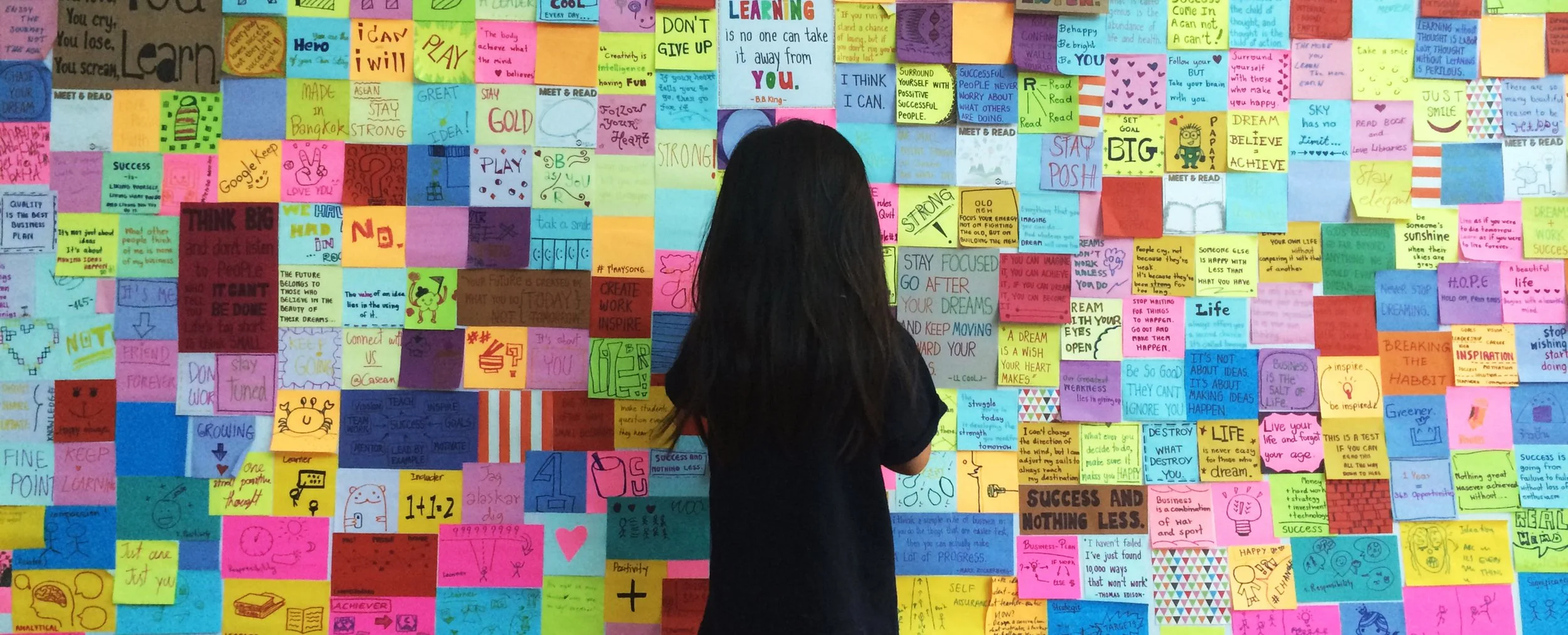Winner! City Sim – Fort Couch Middle School
/Pittsburgh Student Challenge
The Pittsburgh awards event was hosted at the Heinz History Center by the Sprout Fund on June 10, bringing together over 120 people to celebrate the winners and play students’ games. Finalists and winners received their prizes onstage with introductions from theme partners including the National Endowment for the Humanities and the Department of Innovation & Performance for the City of Pittsburgh.
Prizes included a tour of the Carnegie Mellon University (CMU) NavLab where they’re making autonomous vehicles, a behind-the-scenes tour of Carnegie Museum of Natural History and the National Weather Service station, work with Heinz Center museum educators to lead Hello Neighbor, a new exhibit and education program they’re launching around immigration, and a tour for all winners of CMU’s Entertainment Technology Center.







































